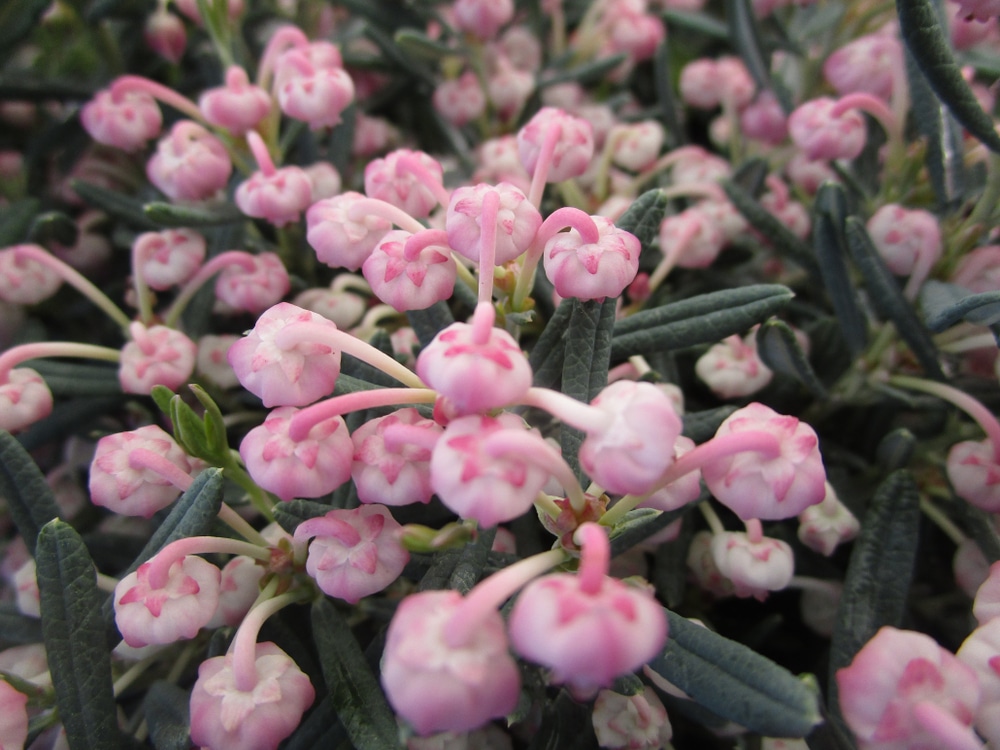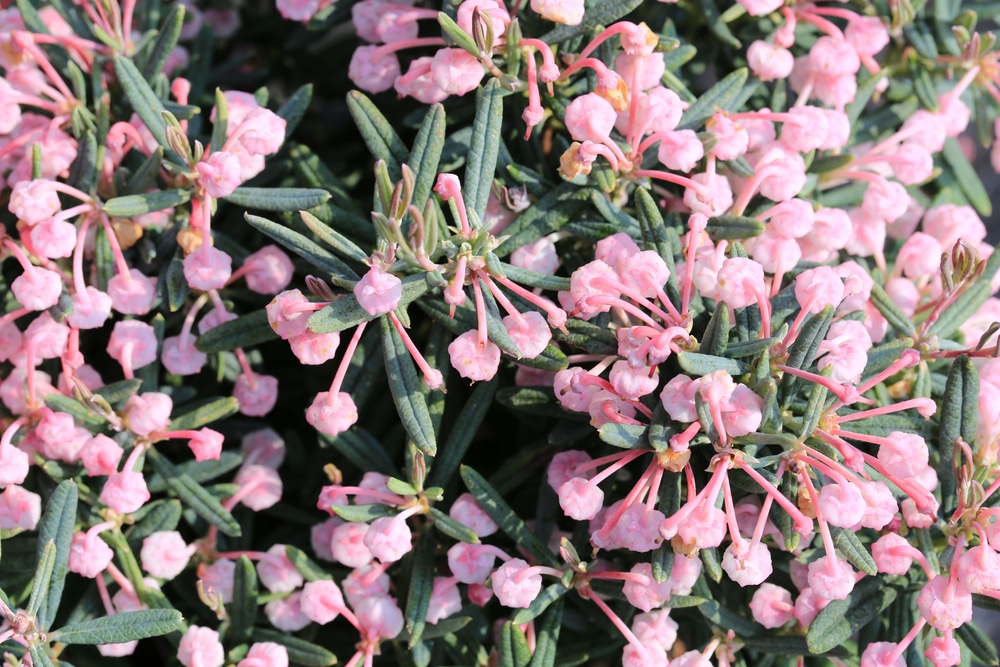Bog Rosemary Blue Ice (Andromeda Polifolia) is one of the most beautiful plants. It’s relatively easy to grow and care for but requires special conditions. In this guide, we’ll teach you everything you need to know about growing and taking care of Bog Rosemary Blue Ice to ensure that it thrives in your yard.
What is bog rosemary blue ice?

Bog Rosemary Blue Ice is a native plant of the northern hemisphere and is found growing naturally in cool climates. Its flowers are small and white to pinkish throughout the spring and summer months. It’s often used as an ornamental plant, and its beautiful blue-hued leaves make it a popular choice for landscaping projects.
If you’re looking for a beautiful plant that can thrive even in cooler parts of the country, Bog Rosemary Blue Ice, also known as the marsh Andromeda is an excellent choice. The plant can grow between 1 and 2 feet in height and spreads about 1 foot wide. It has a lengthy lifespan but can take up to 10 years to reach maturity.
Here are some care tips for the plant:
Sunlight
Bog Rosemary Blue Ice is an evergreen shrub that loves light and requires plenty of sunshine to thrive. It should be grown outdoors in a yard or container located in an area with plenty of sunlight. It will also grow well indoors near a sunny window as long as you provide adequate space and light.
Temperature
Bog Rosemary Blue Ice thrives best in cool temperatures, but it can tolerate slightly warmer temperatures if necessary. It will survive in colder climates but may not thrive to its full potential unless the temperature is kept relatively cool.
Nutrient Requirements
Bog Rosemary Blue Ice requires moist soil that’s composed of a blend of acidic peat moss and sand. It should be watered generously, but it shouldn’t be allowed to become soggy or overly wet. In general, the soil in which Bog Rosemary Blue Ice is growing should always feel damp to the touch.
Be sure to avoid overfertilizing your Bog Rosemary Blue Ice plants, as too much fertilizer can be toxic. If your plants aren’t growing as quickly or vigorously as they should, you may want to consider adding a little fertilizer to the soil. However, it’s essential to be careful not to overdo it, as too much fertilizer can end up being harmful instead of helpful.
If your Bog Rosemary Blue Ice begins to show signs of wilting, it may be a sign that the soil is too dry. To remedy this issue, water your plants generously until their leaves and stems become plump again.
Pruning
Bog Rosemary Blue Ice doesn’t require much pruning or maintenance, but you may occasionally want to remove any dead or dying leaves or stems. You can also prune your plants to help them thrive and grow more vigorously, but it’s best to avoid pruning Bog Rosemary Blue Ice so severely that it looks barren.
Propagation
The plant can be easily propagated by cuttings, suckers, or layering.
Growth and Repotting
Bog Rosemary Blue Ice should be repotted periodically in order to ensure that it has plenty of space to grow and thrive. When repotting your Bog Rosemary Blue Ice, be sure to use a container several inches larger than the original one. This will allow your plants to continue growing and flourishing without being hindered by their old containers.
The plant has a spreading growth habit when grown in a flower bed and can fill up large areas of your yard.
Pests
In most cases, bog rosemary blue ice will remain pest and disease free as it’s a hardy plant.
Conclusion
The bog rosemary blue ice is a lovely plant that can be used as a ground cover. It’s easy to care for and spreads sideways. The plant can be propagated by cuttings or suckers and likes to grow in moist soil.
